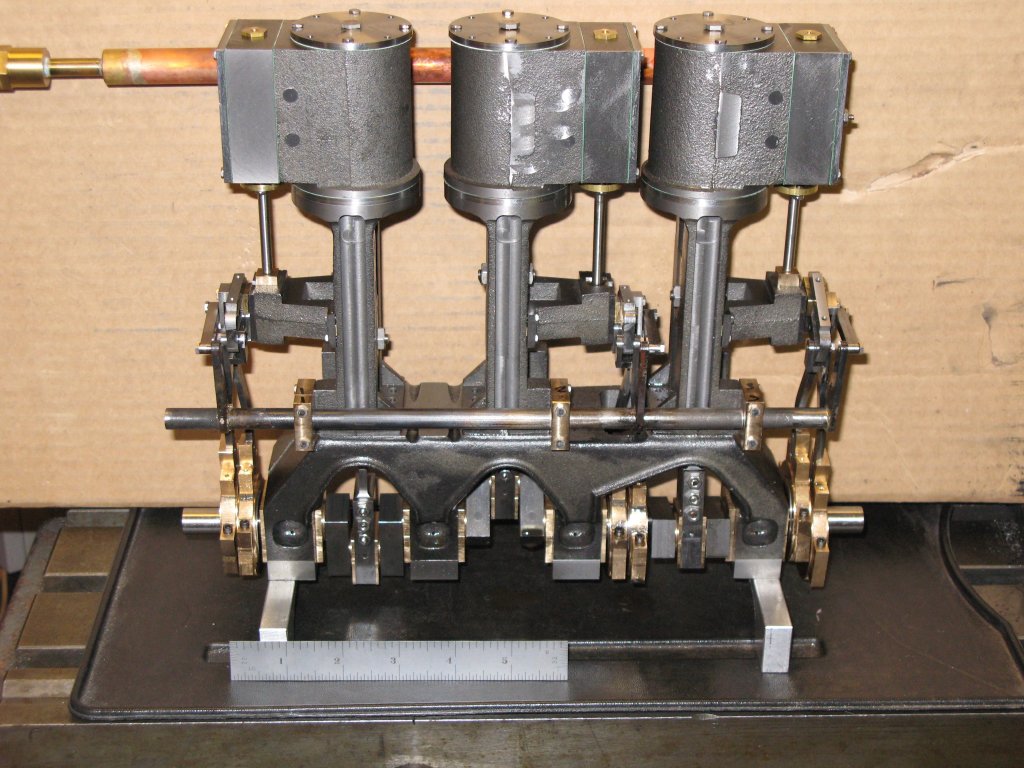rimcanyon
Diamond
- Joined
- Sep 28, 2002
- Location
- Salinas, CA USA
All the trouble-shooting posts are interesting but a change is nice once in a while. How about a new subject for those of you actually using your lathes (or fixing them up):
what were the last 10 projects you used your 10EE for, or were for your 10EE?
I'll start, starting with most recent:
1. extension for 6" drain grate to raise it above a new concrete slab out of 6" aluminum tubing.
2. 1/4-28 lock screws for Delta 6" jointer cutter head knives.
3. turned ornamental heads on standard 1/2" bolts for bed posts.
4. installed Mitutoyo quill-type DRO on saddle for cross slide.
5. designed and fit metric gears to round dial lathe and used it to cut threads in collets for Deckel high speed head.
6. a set of 12 collets to fit Harig air spindle.
7. hinges for 100 pound ornamental iron gates for patio.
8. a replacement bearing clamp for a 4" super spacer.
9. holder for 25mm cutoff tool to fit BXA toolpost.
10. replacement delrin wheel and axle for house vacuum.
Nothing terribly challenging, although getting the collets accurate to half a thousandth was time-consuming & a few ended up in the hydraulic press bushing collection ;<) A lot of these could have been purchased, but at much greater cost in time and aggrevation. There is just something very satisfying about being able to make or repair anything you are likely to need.
-Dave
what were the last 10 projects you used your 10EE for, or were for your 10EE?
I'll start, starting with most recent:
1. extension for 6" drain grate to raise it above a new concrete slab out of 6" aluminum tubing.
2. 1/4-28 lock screws for Delta 6" jointer cutter head knives.
3. turned ornamental heads on standard 1/2" bolts for bed posts.
4. installed Mitutoyo quill-type DRO on saddle for cross slide.
5. designed and fit metric gears to round dial lathe and used it to cut threads in collets for Deckel high speed head.
6. a set of 12 collets to fit Harig air spindle.
7. hinges for 100 pound ornamental iron gates for patio.
8. a replacement bearing clamp for a 4" super spacer.
9. holder for 25mm cutoff tool to fit BXA toolpost.
10. replacement delrin wheel and axle for house vacuum.
Nothing terribly challenging, although getting the collets accurate to half a thousandth was time-consuming & a few ended up in the hydraulic press bushing collection ;<) A lot of these could have been purchased, but at much greater cost in time and aggrevation. There is just something very satisfying about being able to make or repair anything you are likely to need.
-Dave




